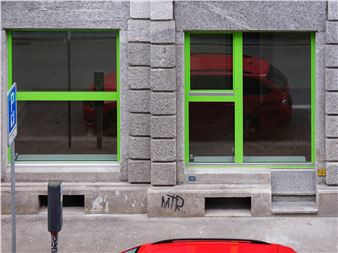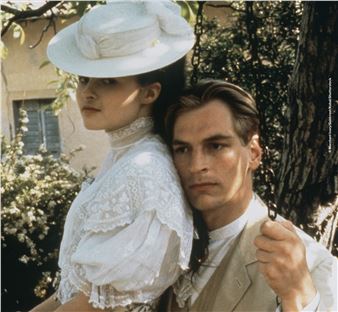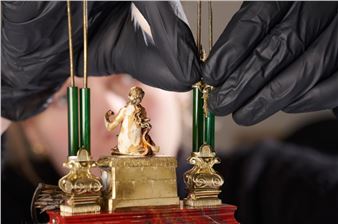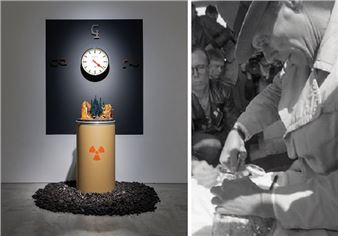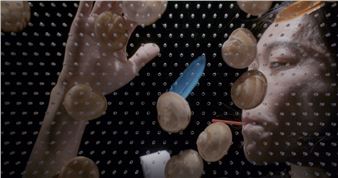Takeshi Hayashi:В Straddling the Rain
Tokyo Gallery + BTAP is pleased to announce “Straddling the Rain,” an exhibition by Takeshi Hayashi opening Saturday, May 24. This is Hayashi’s sixth exhibition at the gallery, the first having been held in 1995.
Takeshi Hayashi was born in Gifu Prefecture in 1956. After completing his graduate studies at the Tokyo University of the Arts, he stayed in Paris as a Ministry of Education, Culture, Sports, Science, and Technology (MEXT) overseas research fellow from 1998 to 1999. He received the Mainichi Newspaper Fine Arts Prize at the 22nd Contemporary Japanese Sculpture Exhibition in 2007 and the Enku Award at the 6th Enku Grand Award Exhibition for Daichito Kyomei – Sozono Genfukei (Earth and Resonance – the Root of Creation) in 2012. In 2024, he retired as a professor in the Department of Sculpture at the Tokyo University of the Arts, where he had worked for many years. Today, he continues to work from his studio in the town of Shirakawa, Gifu Prefecture.
Takeshi Hayashi’s works possess a great appeal in terms of the context and degree of perfection that pervades the history of his artistic output. His representative works include Hakarukoto (1997, Tokyo Gallery + BTAP), an installation integrated into a white cube space; Mizuta - Minamiarima (2004, Minamiarima, Nagasaki Prefecture), which combines soil with stone; Ishima (2006, Tokyo Gallery + BTAP), created as a work that one can climb; and Ishi no Kotoba (2014, Tokyo Gallery + BTAP), a work modeled after a furosaki two-panel folding screen used in tea ceremonies. By incorporating nature and history into his work in this way, Hayashi repeatedly deviates from sculpture while expanding the artistic possibilities of stone.
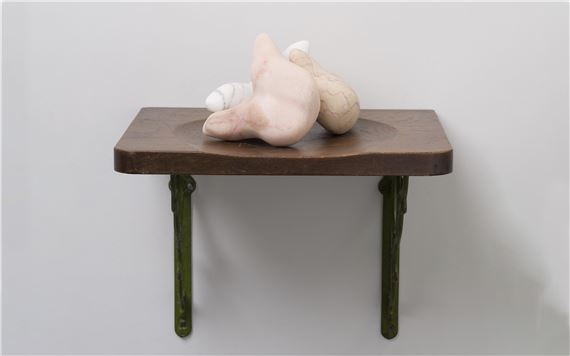
Recommended for you
Tokyo Gallery + BTAP is pleased to announce “Straddling the Rain,” an exhibition by Takeshi Hayashi opening Saturday, May 24. This is Hayashi’s sixth exhibition at the gallery, the first having been held in 1995.
Takeshi Hayashi was born in Gifu Prefecture in 1956. After completing his graduate studies at the Tokyo University of the Arts, he stayed in Paris as a Ministry of Education, Culture, Sports, Science, and Technology (MEXT) overseas research fellow from 1998 to 1999. He received the Mainichi Newspaper Fine Arts Prize at the 22nd Contemporary Japanese Sculpture Exhibition in 2007 and the Enku Award at the 6th Enku Grand Award Exhibition for Daichito Kyomei – Sozono Genfukei (Earth and Resonance – the Root of Creation) in 2012. In 2024, he retired as a professor in the Department of Sculpture at the Tokyo University of the Arts, where he had worked for many years. Today, he continues to work from his studio in the town of Shirakawa, Gifu Prefecture.
Takeshi Hayashi’s works possess a great appeal in terms of the context and degree of perfection that pervades the history of his artistic output. His representative works include Hakarukoto (1997, Tokyo Gallery + BTAP), an installation integrated into a white cube space; Mizuta - Minamiarima (2004, Minamiarima, Nagasaki Prefecture), which combines soil with stone; Ishima (2006, Tokyo Gallery + BTAP), created as a work that one can climb; and Ishi no Kotoba (2014, Tokyo Gallery + BTAP), a work modeled after a furosaki two-panel folding screen used in tea ceremonies. By incorporating nature and history into his work in this way, Hayashi repeatedly deviates from sculpture while expanding the artistic possibilities of stone.

 ARTISTS
ARTISTS







